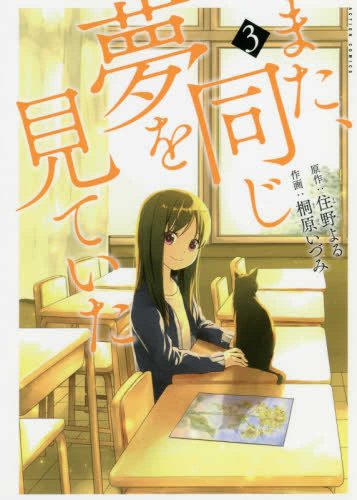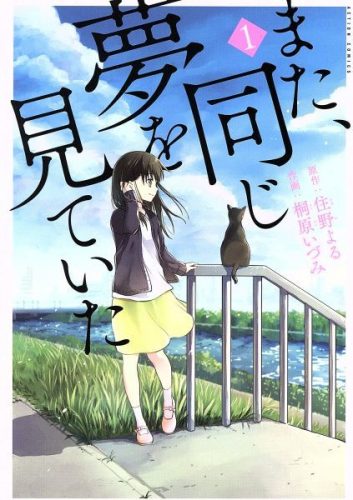
- Mangaka : Yoru Sumino, Idumi Kirihara
- Publisher : Seven Seas Entertainment
- Genre : Drama, Slice of Life
- Published : July 2020
“If you can tell something to your younger self, what would it be?” This question sounds like something straight up from a High School English assignment. Back then, it’s all about telling our younger selves to tough it out or that things will get better. At least, that’s how it normally goes. There are, of course, other answers that are either more inspirational or more morbid. The idea of meeting our past selves sounds pretty enticing. But we’d like to think that that holds a bit of a question. If we give such life-changing advice to our younger selves, doesn’t that mean that our current selves would cease to exist? If so, will we be a better version of ourselves or a complete stranger?
Contains Spoilers
Discussion Time
Nanoka Koyanagi is a bit of an unusual kid. She’s smart and understands a lot of things objectively, but she’s poor with pragmatics and social skills. As she likes putting it, “… there’s something wrong in the head.” That said, she finds herself with no same-age peers. In her bid to explore, she found three unusual friends: a self-harming high school student, a prostitute, and a retired old woman living the rest of her life in solitude. Each would share with her pieces of advice in her bid to find the true meaning of happiness, and maybe a little more.

1. A Complete Story
Right of the bat, we’re putting it out there that this series is a complete book. There are more than 500 pages, and you absolutely don’t have to worry about getting a cliffhanger or craving for what happened next. Reading it in its entirety is satisfying and feels complete. The moment we read the last page, we knew that we could die in peace. No, not yet. That’s just an exaggeration, and we still hope to live long prosperous lives.
2. Intertwining of Fate
Yeah, here comes the spoiler. It all started with Nanoka showing us how poor with social cues she is. She doesn’t really understand how kids of her age think, which results in her being isolated. Then, she kinda is a magnet to other people with similar kinds of issues. We mean, her older friends aren’t really that socially accepted. However, it’s then revealed that these people are heavily connected to her. They weren’t just typical friends, they were her in the future. At least, her that could be if they didn’t help her with a few issues.
3. Tackling Issues One After the Other
Obviously, this series isn’t the typical slice of life story. First of all, the High School student Nanoka fights depression and self-harms. Not only that, the series depicts it without romanticization. The gravity of the situation is beautifully portrayed, and the reasoning behind it was tackled realistically, rooting from a traumatic event. Next, there’s also being a sex worker. Although the series actually refers to it as “selling her youth,” it’s obvious that prostitutes or maybe hostesses are social outcasts. Finally, the series did a great job portraying bullying in Kiryu’s case, as well as the drastic effect it has on the victims.
Final Thoughts
In summary, I had That Same Dream Again is a work of art. It's not your typical run off the mill story, and it hits all the right places. More so, it incorporates fantasy in so subtle of a way that we barely saw it coming. Ultimately, it didn’t leave us hanging and craving for that next chapter. Give it a try and you’ll know what we’re talking about.

